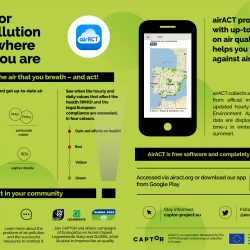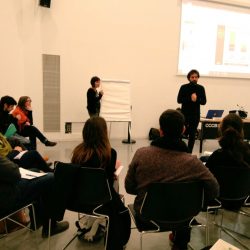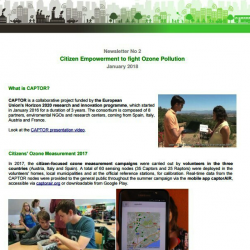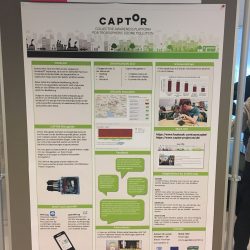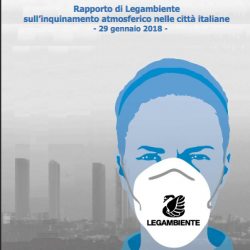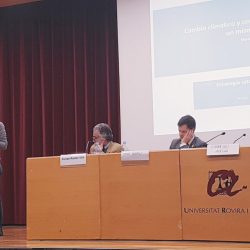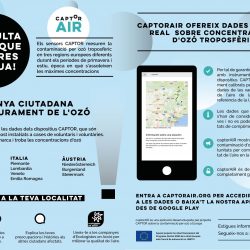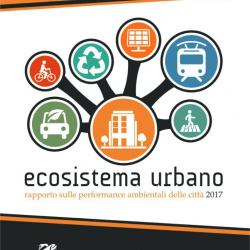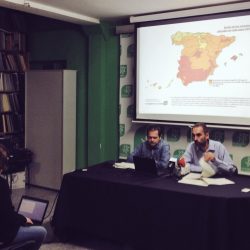airACT: an app to check the air we breathe
CAPTOR project launches airACT, a new application that informs about air pollutants in real time and helps to act against them. Air pollution cannot be seen but it is breathed. It is the main public health problem in our cities. The new airACT app aims to bring the problem of air pollution closer to the[…]


